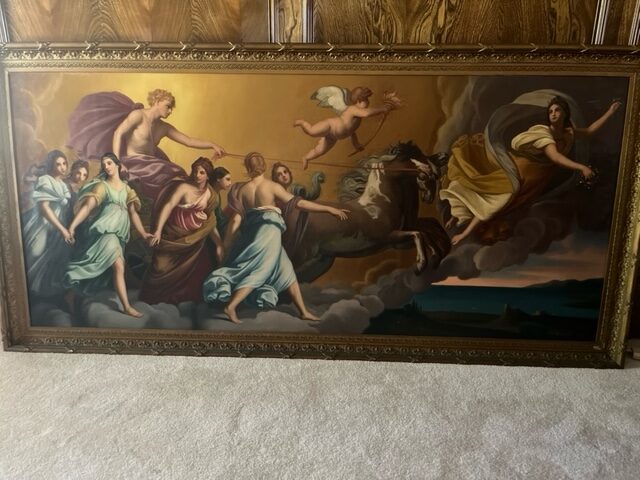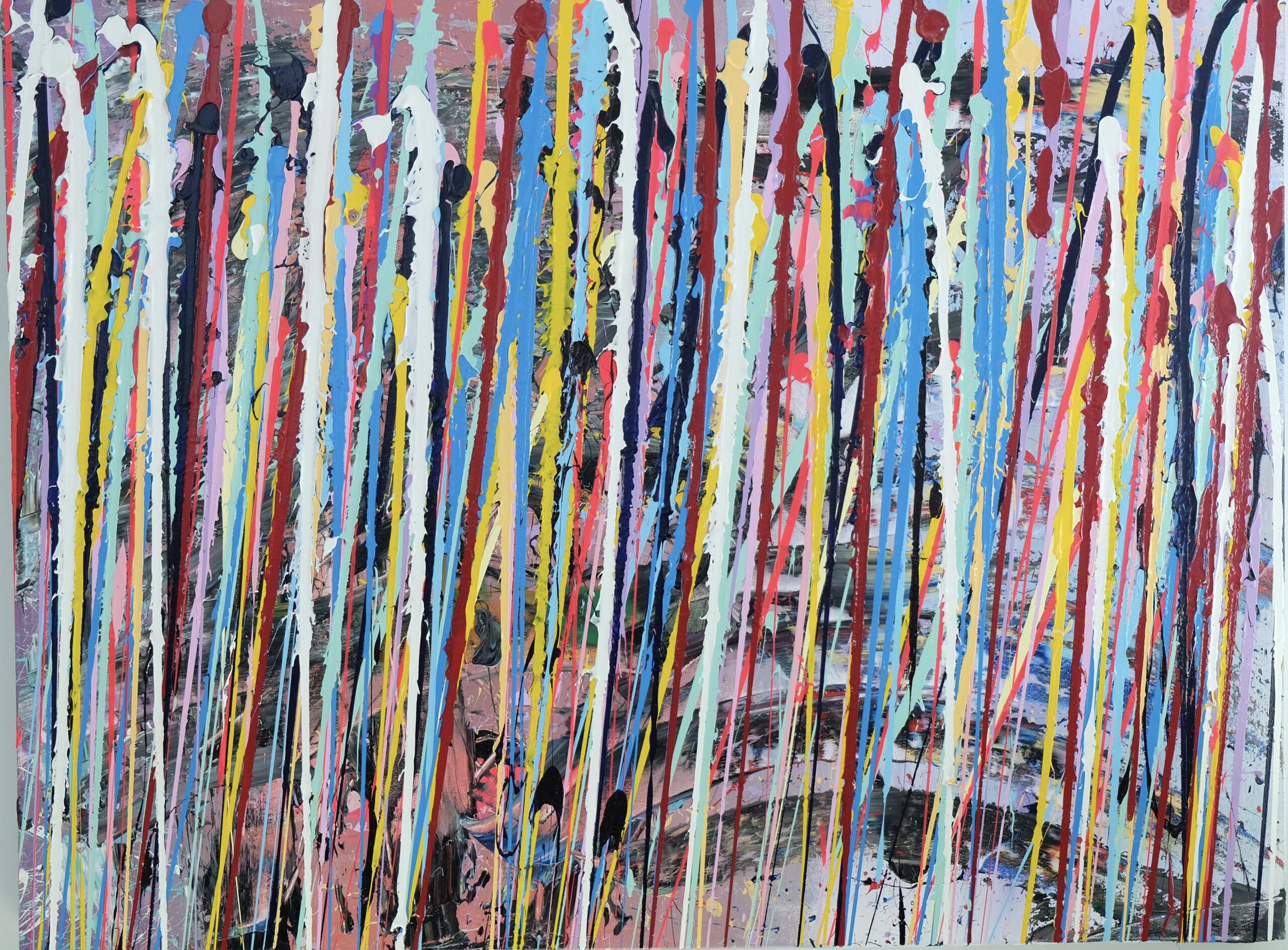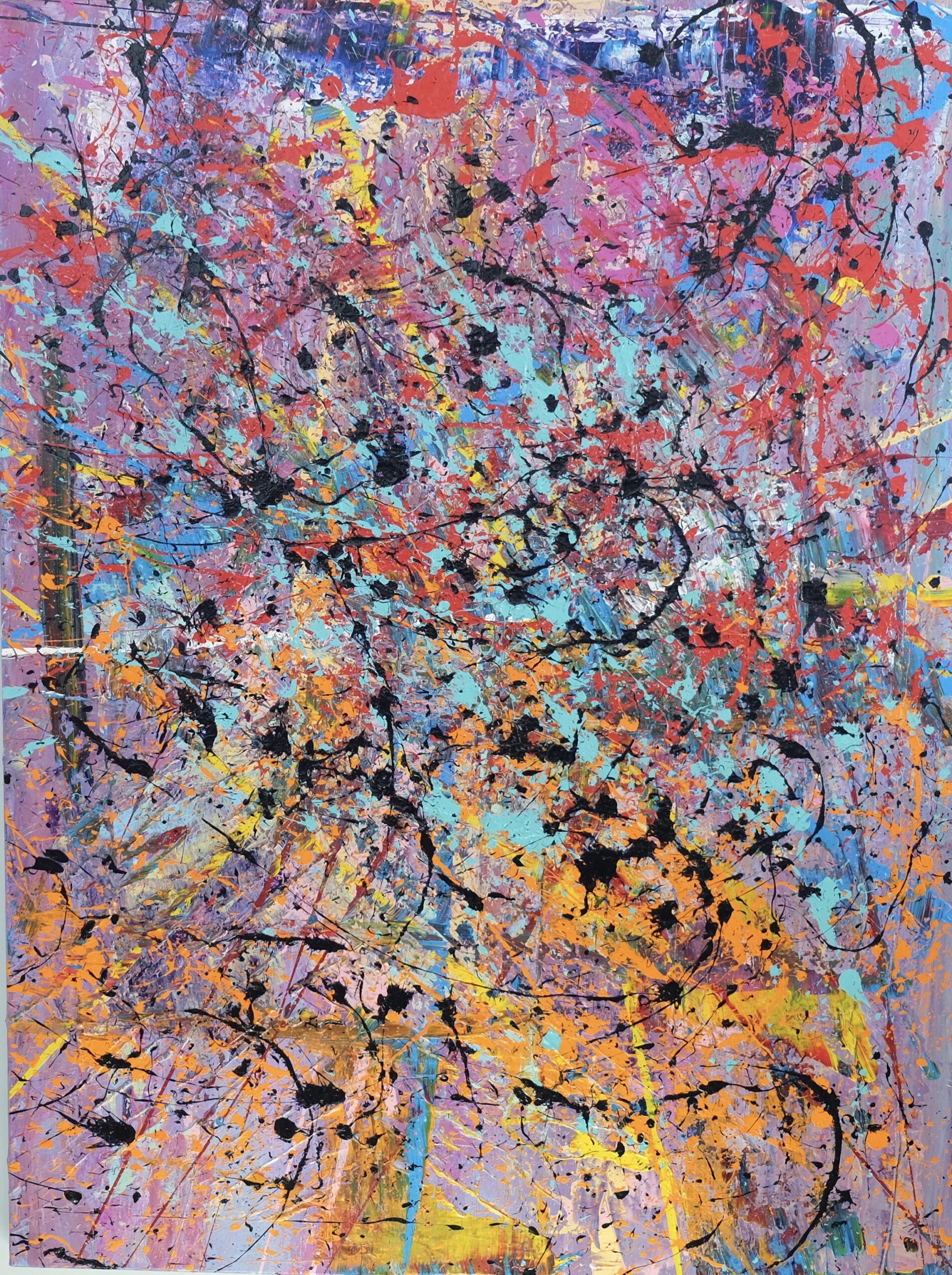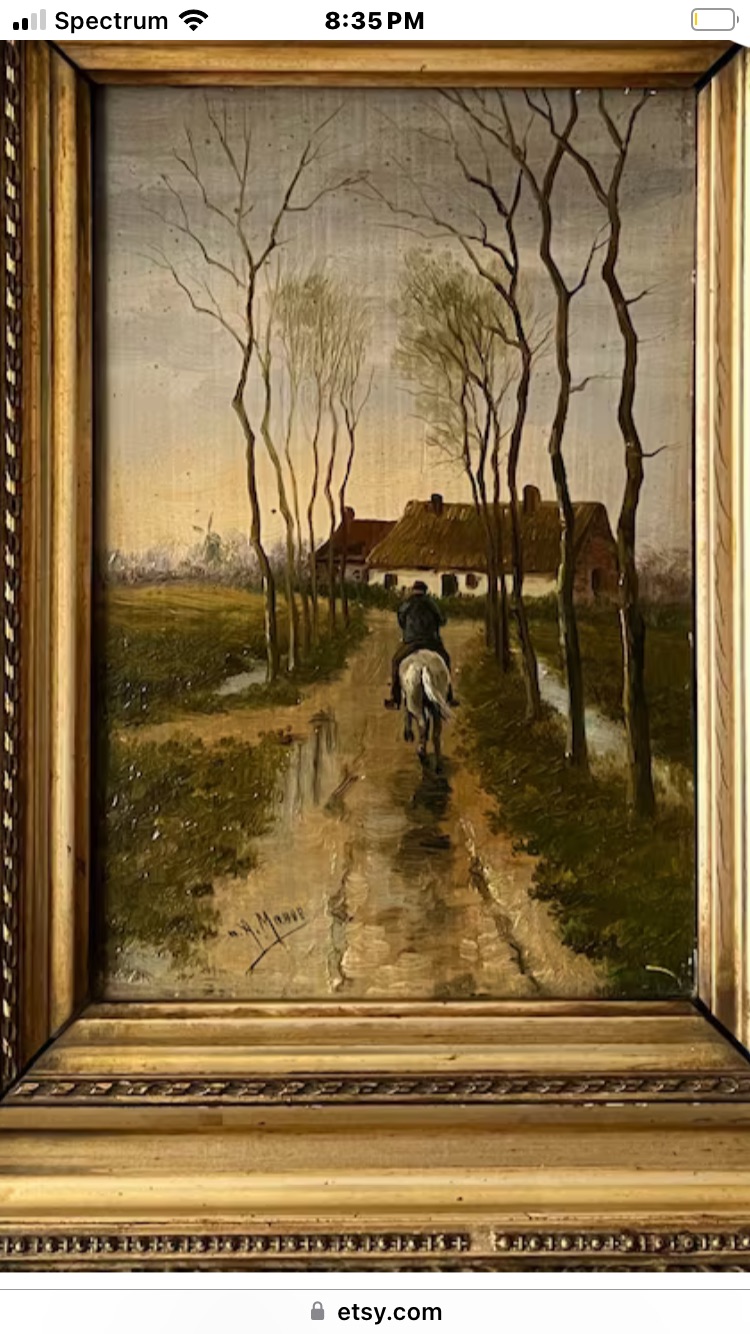A large Handcarved Wooden Cabinet
Andres G
BSc, MSc, Expert Appraiser of all kinds of Antique items. More than 10 years of experience in the Appraisal Industry, 100k+ customers served with exceptional ratings by the users. Antique store owner and businessman.
Related Appraisals

This French Provincial dresser showcases ornate brass hardware and detailed carvings on fruitwood. Elegant curves and a warm patina highlight its early 20th-century craftsmanship. Hand Made in American, Tiger Oak Wood.
This report is designed to provide a professional appraisal of… Read More »This French Provincial dresser showcases ornate brass hardware and detailed carvings on fruitwood. Elegant curves and a warm patina highlight its early 20th-century craftsmanship. Hand Made in American, Tiger Oak Wood.

19th-century oil on canvas reproduction by C.E. Garofoli of Guido Reni’s “Aurora.” Reni’s original masterpiece, housed in the Casino dell’Aurora of the Palazzo Pallavicini-Rospigliosi in Rome, is famous for its depiction of the Roman goddess of dawn. Garofoli’s version faithfully replicates the ethereal quality of Reni’s work, capturing the graceful movement and soft, luminous palette. The divine figures are draped in flowing garments, creating a sense of motion as Aurora leads the procession across the sky, heralding the arrival of the sun, with the accompanying Hours and Phosphorus. It’s a testament to the enduring appeal of Reni’s baroque classicism. Circa early 20thC.

“Behind the Curtain,” a 40″x30″ acrylic on canvas, awaits pricing and stands as a striking testament to emotional liberation. Sanford’s work visually fractures the façade of domestic tranquility, with vertical drips that suggest both the concealment and the seeping out of underlying turmoil. The vibrant lines against a chaotic backdrop echo the themes of breaking free from the constraints of a troubled past, inviting viewers to join a collective journey toward revelation and healing.
Effective Day of Valuation. Artwork Image Analysis Introduction to Image… Read More »“Behind the Curtain,” a 40″x30″ acrylic on canvas, awaits pricing and stands as a striking testament to emotional liberation. Sanford’s work visually fractures the façade of domestic tranquility, with vertical drips that suggest both the concealment and the seeping out of underlying turmoil. The vibrant lines against a chaotic backdrop echo the themes of breaking free from the constraints of a troubled past, inviting viewers to join a collective journey toward revelation and healing.

“The Muse & the Mountain,” by Joshua Sanford, “The Black Box Artist,” is a richly textured 30″x40″ acrylic on canvas. Its abstract chaos and layered splatters reflect an internal struggle against conformity, with bursts of color symbolizing the freeing voice of inspiration. Sanford’s signature style, “Conscious Abstractism,” is evident as he rejects traditional landscapes for a bolder, introspective expression, inviting the viewer to explore the untold narrative within.
Effective Day of Valuation. Artwork Image Analysis Introduction to Image… Read More »“The Muse & the Mountain,” by Joshua Sanford, “The Black Box Artist,” is a richly textured 30″x40″ acrylic on canvas. Its abstract chaos and layered splatters reflect an internal struggle against conformity, with bursts of color symbolizing the freeing voice of inspiration. Sanford’s signature style, “Conscious Abstractism,” is evident as he rejects traditional landscapes for a bolder, introspective expression, inviting the viewer to explore the untold narrative within.

“Ego” by Joshua Sanford, also known as “The Black Box Artist,” is a vibrant 36″x36″ acrylic on canvas that captures the tumultuous inner world of a narcissist. The explosive interplay of colors and forms conveys a relentless self-focus and the chaotic impact on those around them. This piece speaks to Sanford’s “Conscious Abstractism,” where colors and shapes intertwine with personal narrative and emotion, inviting viewers into a reflective journey of self-awareness. The price is to be determined, encapsulating Sanford’s two decades of evolution in abstract art.
Effective Day of Valuation. Artwork Image Analysis Introduction to Image… Read More »“Ego” by Joshua Sanford, also known as “The Black Box Artist,” is a vibrant 36″x36″ acrylic on canvas that captures the tumultuous inner world of a narcissist. The explosive interplay of colors and forms conveys a relentless self-focus and the chaotic impact on those around them. This piece speaks to Sanford’s “Conscious Abstractism,” where colors and shapes intertwine with personal narrative and emotion, inviting viewers into a reflective journey of self-awareness. The price is to be determined, encapsulating Sanford’s two decades of evolution in abstract art.

An Original Painting Attributed to Anton Mauve (Dutch, 1838–1888) Depicting a Rural scene Dutch Road with Rider on Horseback, Farm and trees in a Landscape Composition, Farm and Cottage circa 19thC Hand Signed Dutch School style Watercolor Laid Paper on Board
Effective Day of Valuation. Artwork Image Analysis Introduction to Image… Read More »An Original Painting Attributed to Anton Mauve (Dutch, 1838–1888) Depicting a Rural scene Dutch Road with Rider on Horseback, Farm and trees in a Landscape Composition, Farm and Cottage circa 19thC Hand Signed Dutch School style Watercolor Laid Paper on Board
This is a mid-20th century cloth doll with African American characteristics, possibly a shelf sitter or souvenir, reflecting the period’s style with handmade clothing and painted features, indicative of the Black Americana genre of collectibles.
This report is designed to provide a professional appraisal of… Read More »This is a mid-20th century cloth doll with African American characteristics, possibly a shelf sitter or souvenir, reflecting the period’s style with handmade clothing and painted features, indicative of the Black Americana genre of collectibles.

An Original Hand Made Painting Signed Lee Reynolds (1936-2017) Depicting an Abstract Style Landscape Scene with river and mountains, signed, circa late 20thC. Oil on Canvas.
Effective Day of Valuation. Artwork Image Analysis Introduction to Image… Read More »An Original Hand Made Painting Signed Lee Reynolds (1936-2017) Depicting an Abstract Style Landscape Scene with river and mountains, signed, circa late 20thC. Oil on Canvas.